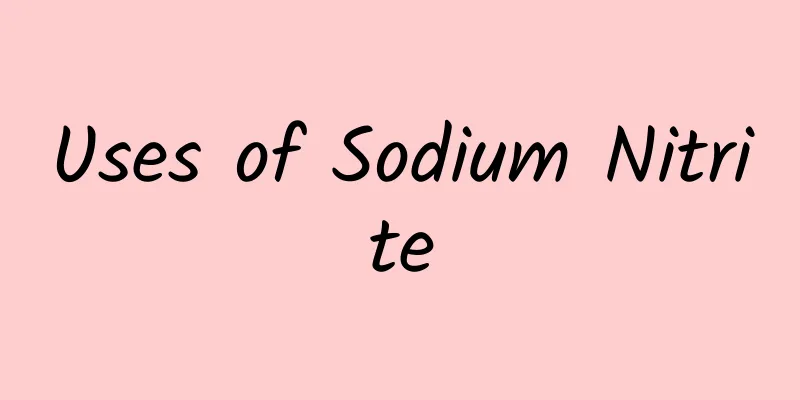The efficacy and function of Japanese knotweed

|
Polygonum cuspidatum is a wild plant and also a Chinese herbal medicine. It belongs to the Polygonaceae family in nature. Its scientific name is Polygonum cuspidatum. Its rhizomes and roots can be used as medicine. It is also called Polygonum cuspidatum in the Chinese herbal medicine family. It is a Chinese herbal medicine that can promote blood circulation, remove blood stasis and relieve pain. It has various ways of eating, and the diseases treated by different ways of eating are different. Now I will let everyone learn about these professional knowledge in practice. The efficacy and function of Japanese knotweed Polygonum cuspidatum is a Chinese herbal medicine with a sour, alkaline and cold nature that can enter the liver meridian and the liver and gallbladder meridians. Its main functions are to promote blood circulation, remove blood stasis, and dispel wind and dredge the meridians. It can usually be used to treat various common diseases such as female amenorrhea and dysmenorrhea, as well as human injuries and falls. It can also be used to treat human cold and damp jaundice and rheumatic joint pain, and the effect is very significant. How to eat Japanese knotweed 1. Soak in medicinal wine Soaking in medicinal wine is a common way to eat Japanese knotweed. The wine soaked with it can dispel wind and dampness, and can treat and prevent human arthritis. When soaking Japanese knotweed in medicinal wine, you need to prepare 250 grams of Japanese knotweed and 750 grams of pure grain wine in advance, put them together and soak them in a sealed manner, take them out and eat them after 20 days, eat them twice a day, 15 grams each time. 2. Decoction Decoction is also a common way to eat Polygonum cuspidatum. When using it to make the decoction, you can add appropriate dates and brown sugar, and also add appropriate amount of Artemisia capillaris. Take it immediately after decoction. It can clear away heat and dampness, and it can also clear heat and dampness and reduce jaundice. It is most suitable for those suffering from cold and damp jaundice. 3. Make tea Polygonum cuspidatum can also be used to make tea. When making tea with it, you need to prepare 30 grams of Polygonum cuspidatum, 30 grams of Isatis root powder, 30 grams of dandelion and Artemisia capillaris each, and finally add 10 grams of Poria cocos. Grind them into powder, take 50 grams each time and put it in a cup, pour in boiling water, simmer for ten minutes, and then drink it directly instead of tea. The herbs put in at one time can be repeatedly brewed several times. It can prevent acute and chronic hepatitis and splenomegaly. |
Recommend
Treatment of herpetic conjunctivitis
I believe everyone is familiar with herpes, but m...
Is Chinese medicine hot compress effective for weight loss? 3 key points to note
As people's living standards continue to impr...
What are the consequences of hysterectomy on women?
We know that the uterus is where the baby is conc...
Medicines are poisonous to some extent. To avoid "poisoning", doctors give you three super effective methods
Many people are extremely afraid when taking medi...
Can Niuhuang Qingwei Pills be taken before meals?
Diseases of the spleen and stomach are generally ...
Can I have a baby if I have nephritis? Is the risk really that serious?
In recent years, more and more female friends hav...
There are tiny red blood streaks on the face
The phenomenon of red blood streaks is regional a...
What causes astringent sensation in the mouth?
Sometimes we feel astringency and bitterness in o...
What causes chest tightness and shortness of breath in the morning?
I believe everyone has experienced chest tightnes...
Why does my thumb go numb?
Fingers are arguably the part of our body we use ...
What are the typical symptoms of nasal polyps?
Nasal polyps are a common disease that occurs in ...
Is it good for pregnant women to hang nutrient solution?
Pregnancy is a particularly good thing for many p...
How to clear your neck and shoulders yourself
If you have a disease in your shoulder and neck, ...
What should I do if my appendix hurts?
The appendix is a kind of intestine between the...
Is copper patina poisonous?
Verdigris is poisonous, so when you come into con...









